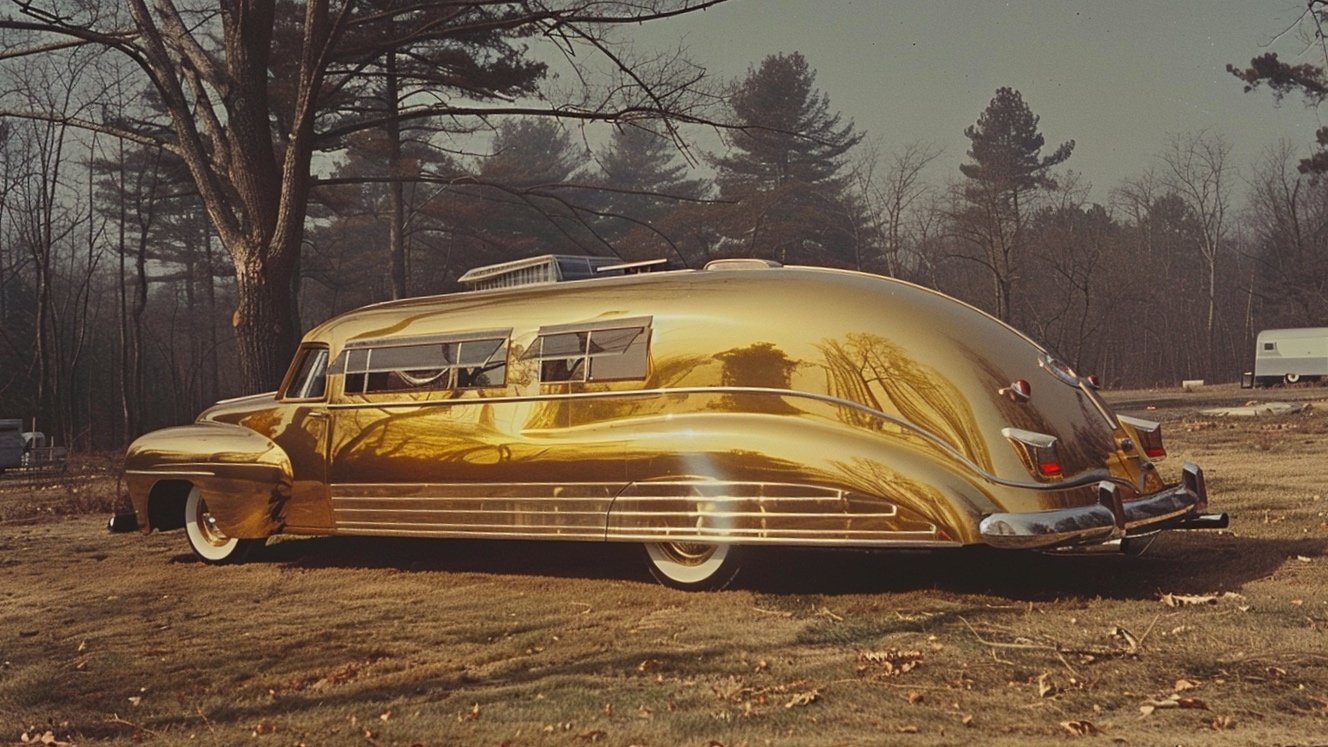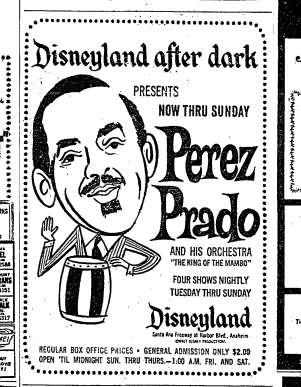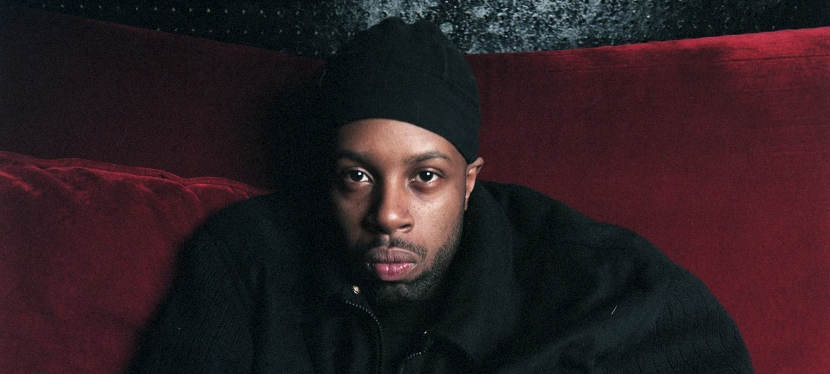From Ice Cube to Lana Del Rey, from Slauson to Silver Lake: 50 Songs for a New L.A.
Editor’s note: In 2019, Mr. Roberts published a project based in part on the spirit behind director Thom Andersen’s “Los Angeles Plays Itself,” the essential documentary about the ways in which the city has been defined by and captured in film. Songwriters, like scriptwriters, directors and cinematographers, have long focused on Los Angeles. Teaming with the great data journalist Priya Krishnakumar and colleagues in design and editorial, Mr. Roberts oversaw, wrote and researched a project celebrating the geography and musical dynamics of L.A. music.
Here’s the intro.
How does the world hear contemporary Los Angeles? Through rhymes about burger joints and Bel-Air mansions, verses about Mulholland curves and a wallet lost in El Segundo. Choruses that recalibrate neighborhoods.
Roll down Ventura near Reseda and the strummed chords to Tom Petty’s classic “Free Fallin’” arrive as if with the breeze, swooping into our psyche as we sing along about a freeway “runnin’ through the yard.” Cross the Sixth Street Bridge and Thee Midniters bellow at full volume: “Let’s take a trip down Whittier Boulevard!”
“All I wanna do is have some fun,” Sheryl Crow declares as we follow her her cruise down Santa Monica Boulevard. And who hits the Compton city limits without reciting N.W.A, Kendrick Lamar or YG lyrics about Rosecrans Avenue, Tam’s Burgers, Church’s Chicken or Lueders Park?
Asked what defines a “Los Angeles song,” Best Coast singer and lyricist Bethany Cosentino said, “It’s anything that I can put on in my car on a sunny day.”
But some of Los Angeles’ selling points need to be reset. The idea of endless summers has shifted in the age of climate change. “It Never Rains in Southern California” has morphed into Bad Religion’s “Los Angeles Is Burning.” The carefree allure of rolling down the Ventura Highway used to be a cool thing to sing about. Now the drive is mostly a bumper-to-bumper slog.
“The map grows bigger and bigger,” singer-songwriter Devendra Banhart said while sitting on the front porch of his house, perched halfway up a hill overlooking Echo Park.
For a city constantly in flux, song lyrics tether an address to the past in the same way that scenes from locally shot old movies reveal the disappeared traits of intersections and streetscapes. Call it a Map of the Couplets.
The 50 songs that follow, from Ice Cube’s post-riot “It Was a Good Day” through Lana Del Rey “Venice Bitch,” are one version of that narrative, a mixtape that has attempted to locate musical intersections both physical and thematic.
J Dilla in Hollywood, 2001. (Getty Images)
Studio fights, ghost stories and more revelations in bestselling new bio on producer J Dilla
The new J Dilla biography by Dan Charnas, ‘Dilla Time,’ is an essential read. For the Los Angeles Times, Mr. Roberts offered a few takeaways.
Los Angeles Times photographer Francine Orr captures collector Mike Khanchalian holding a Regina flat-disc.
Whoa! Wax cylinders and the earliest known commercial recordings made in Los Angeles.
In late 2020, a project that Mr. Roberts had worked on for 18-odd months — we certainly got relentlessly interesting earfuls from him pretty much 24/7 — was published 0n the front page of the Los Angeles Times. (In print parlance: A1, top of the fold!)
It concerns a handful of wax collectors, archivists and restorers who have helped save some of North America’s earliest recordings.
Called “Meet the Guardians of the World’s Earliest Musical Recordings,” it helped revitalize a conversation on the importance of early wax cylinders and the brilliant minds working to save the delicate recordings before it’s too late.
The voice seeps in as if from another dimension, hissy and distant, like an AM radio broadcaster transmitting through late-night static.
“‘The Ambassador March’ by Brown’s Orche-streee for the Los Angeles Phonograph Company of Los Angeles, California,” a man announces with a gentlemanly accent. After a moment’s scratchy pause, a violinist opens with a melody, and a small orchestra jumps in. Led by a Long Beach-based bandleader named E.R. Brown, the song dances along for two minutes.
Mr. Roberts on artist Pedro Bell, Parliament-Funkadelic’s art director and illustrator
Pedro Bell, whose wild, psychedelic album covers for Detroit cosmic funk band Funkadelic defined the influential group’s aesthetic, died Tuesday. He was 69.
His death was confirmed by longtime Funkadelic bassist Bootsy Collins. No cause of death was given. Funkadelic founder George Clinton acknowledged his collaborator’s passing on Facebook, referencing Bell’s backward-spelled nickname: “RIP to Funkadelic album cover illustrator Pedro Bell. Rest easy, Sir Lleb!”




